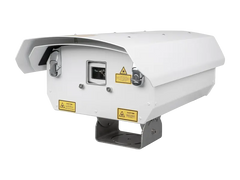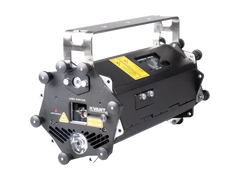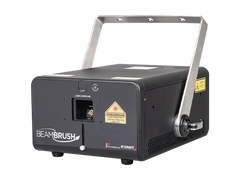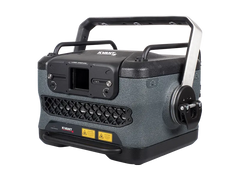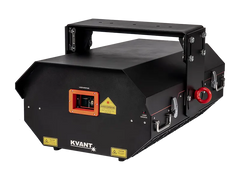The different laser classifications
There are different classes of laser projectors, and those classes have different rules and regulations associated with them in different parts of the world. In the laser light show and laser entertainment industry, we generally deal with “Class 4” laser projectors, which are the most powerful type of system available.
A general breakdown of laser classifications is provided below (information from Laser Institute of America):
- Class 1 - A Class 1 laser is considered safe based upon current medical knowledge. This class includes all lasers or laser systems which cannot emit levels of optical radiation above the exposure limits for the eye under any exposure conditions inherent in the design of the laser product. There may be a more hazardous laser embedded in the enclosure of a Class 1 product, but no harmful radiation can escape the
- Class 2 - A Class 2 laser or laser system must emit a visible laser beam. Because of its brightness, Class 2 laser light will be too dazzling to stare into for extended Momentary viewing is not considered hazardous since the upper radiant power limit on this type of device is less than the MPE (Maximum Permissible Exposure) for momentary exposure of 0.25 second or less. Intentional extended viewing, however, is considered hazardous.
- Class 3 - A Class 3 laser or laser system can emit any wavelength, but it cannot produce a diffuse (not mirror-like) reflection hazard unless focused or viewed for extended periods at close range. It is also not considered a fire hazard or serious skin hazard. Any continuous wave (CW) laser that is not Class 1 or Class 2 is a Class 3 device if its output power is 0.5 W (500mw) or less. Since the output beam of such a laser is definitely hazardous for intra-beam viewing, control measures center on eliminating this.
- Class 4 - A Class 4 laser or laser system is any that exceeds the output limits (Accessible Emission Limits, AEL's) of a Class 3 device. As would be expected, these lasers may be either a fire or skin hazard or a diffuse reflection hazard. Very stringent control measures are required for a Class 4 laser or laser


